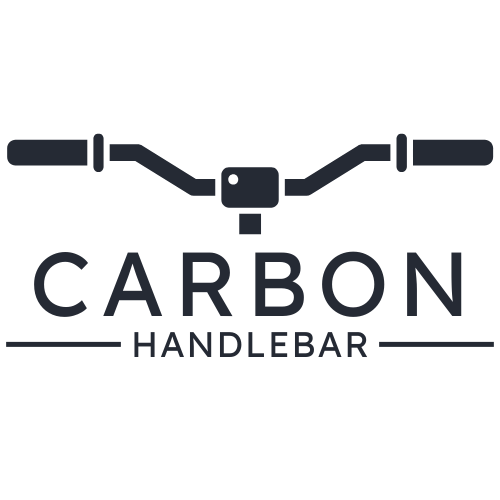Understanding Carbon Handlebars
Carbon handlebars are popular among cyclists due to their lightweight nature and enhanced performance characteristics. Though, like any component made from composite materials, they are susceptible to stress cracks over time. Knowing how to identify these cracks early can prevent potential accidents and equipment failure.
Common Causes of Stress Cracks
Stress cracks in carbon handlebars can occur due to a variety of factors:
- Over-tightening: Excessive torque during installation can create unwanted pressure points.
- Impact damage: Accidental drops or collisions may lead to hidden cracks.
- Fatigue: Repeated stress from riding can compromise the structural integrity of the handlebars.
- Environmental factors: UV exposure and extreme temperature changes may degrade the resin over time.
How to Spot Stress Cracks in Carbon Handlebars
Visual Inspection techniques
Regular visual inspections are crucial. Hear are some key points to consider:
- Look for visible cracks: Inspect the handlebars closely for any signs of splitting or cracking.
- Check for surface irregularities: Bumps or waves can indicate underlying issues.
- Inspect the finishing: Dull or worn-out areas might suggest excessive wear.
The Light Test
A simple yet effective method for identifying cracks is the light test:
- Use a flashlight and shine it along the length of the handlebars.
- Any cracks will typically reflect the light differently than the surrounding surface.
- moving the light can definitely help identify less visible fractures.
graphic Analysis: Stress point Indicators
Understanding where stress is moast likely to accumulate can help you focus your inspection:
| Location | Potential Issues |
|---|---|
| Clamp area | Over-tightening can lead to cracks. |
| Drop zones | Increased risk from impacts. |
| Areas with carbon layering | Potential weak points due to uneven stress distribution. |
Sound Check
Another innovative method to detect cracks is by using sound:
- Tap the handlebars gently with a small metal object.
- Listen for any dull thuds—these might indicate a void or crack inside the material.
- A solid sound typically indicates structural integrity.
Benefits of Regular inspection
Regular inspection can significantly improve safety and performance.Here are some benefits:
- Enhanced Safety: Prevent accidents by catching issues early.
- Prolonged Life Span: Early detection helps you maintain your equipment in optimal condition.
- Cost Effectiveness: Regular checks can avoid costly replacements.
First-Hand Experience: Real Stories of Stress Cracks
Hearing from fellow cyclists can provide valuable insights. Here are a couple of accounts of stress cracks:
Case Study 1: Tim’s Ride
Tim, an avid mountain biker, noticed his handlebars felt less stable on rides. After performing a visual inspection, he identified tiny hairline cracks but was unsure whether they were significant. A light test confirmed multiple fractures,prompting him to replace the handlebars before a long-distance race.
Case Study 2: Sarah’s Safety Check
Sarah routinely checks her equipment before long rides. During one of her inspections, she detected a dull thud sound from her handlebars. Following her instincts, she conducted further checks and discovered significant cracks, which could have lead to a dangerous situation had she ignored them.
Practical Tips for Maintaining Carbon Handlebars
Maximizing the life of your carbon handlebars involves effective maintenance:
- Use a torque wrench: Always apply the manufacturer’s recommended torque settings.
- Store properly: Keep your bike in a climate-controlled surroundings to avoid resin degradation.
- Regular cleaning: Use gentle cleaners that won’t compromise the material.
When to Seek Professional Help
If you detect any of the following signs during your inspections, consider reaching out to a professional:
- any visible crack larger than a hairline.
- Cracks that do not improve with proper maintenance.
- Unusual flexing or movement of the handlebars.
Conclusion
Regular inspections and maintenance of carbon handlebars can prevent potential accidents and ensure your rides are safe and enjoyable. Use the aforementioned techniques and tips to stay vigilant and protect your investment.
